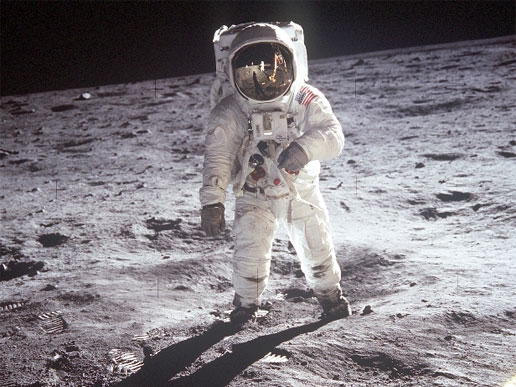Introduction:
Space exploration has captivated the imagination of humanity for decades, and two prominent space agencies, the Indian Space Research Organisation (ISRO) and the National Aeronautics and Space Administration (NASA), have played pivotal roles in advancing our understanding of the cosmos. While both agencies share a common goal of exploring outer space, they differ in terms of their history, objectives, funding, technological capabilities, and accomplishments. In this article, we will delve into a detailed comparison of ISRO and NASA, highlighting their strengths, achievements, and contributions to the field of space exploration.
Historical Background:
NASA, established in 1958, is the world's most renowned space agency. With a rich legacy of groundbreaking missions, including the Apollo moon landings and the Space Shuttle program, NASA has been at the forefront of space exploration for over six decades. On the other hand, ISRO was founded in 1969 and has since emerged as one of the leading space agencies globally, with notable achievements in satellite launches, lunar missions, and interplanetary exploration.
Objectives:
Both ISRO and NASA share the common objective of advancing scientific knowledge and expanding human presence in space. However, their specific goals differ due to varying national priorities and resources. NASA's primary focus lies in exploring and understanding the universe, conducting cutting-edge research, and fostering international collaboration. ISRO, as the space agency of India, places significant emphasis on leveraging space technology for national development, addressing societal needs, and bridging the digital divide.
Funding and Budget:
NASA receives substantial funding from the United States federal government, enabling it to undertake ambitious missions and invest in advanced technologies. In contrast, ISRO operates on a significantly smaller budget, with the Indian government allocating limited resources to its space program. Despite this, ISRO has demonstrated impressive cost-efficiency, achieving remarkable milestones within its financial constraints.
Technological Capabilities:
NASA's extensive experience and substantial resources have enabled it to develop cutting-edge technologies and spacecraft. From the iconic Saturn V rocket to the Mars rovers and the Hubble Space Telescope, NASA has consistently pushed the boundaries of technological innovation. ISRO, although operating with comparatively limited resources, has made remarkable strides in satellite technology, launch vehicle development, and space applications. The successful Chandrayaan and Mangalyaan missions stand as testament to ISRO's engineering prowess.
Manned Spaceflight:
Image credit - nasa
NASA has a long and illustrious history in manned spaceflight, with the Apollo missions leading to the first human steps on the moon. The Space Shuttle program further solidified NASA's capabilities in launching astronauts into space and fostering scientific research in low Earth orbit. ISRO, while still developing its own manned space program, aims to send Indian astronauts to space in the near future. The proposed Gaganyaan mission, with its human spaceflight module, marks an important milestone for ISRO's aspirations in manned space exploration.
Deep Space Exploration:
NASA has been at the forefront of deep space exploration, with successful missions to Mars, Jupiter, Saturn, and beyond. Landmark projects like the Voyager probes, the Mars rovers, and the Juno mission to Jupiter have provided invaluable insights into our solar system. ISRO, although relatively new to interplanetary exploration, achieved a significant milestone with the Mars Orbiter Mission (MOM), making India the first country to successfully reach Mars' orbit on its maiden attempt. This feat demonstrates ISRO's ability to execute complex missions with limited resources.
International Collaboration:
NASA has a long-standing tradition of international collaboration, fostering partnerships with space agencies worldwide. This collaboration is exemplified by the International Space Station (ISS), a multinational space laboratory that serves as a testament to the power of international cooperation. ISRO, while increasingly engaging in collaborations with other nations, has traditionally pursued an independent path in its space endeavors, prioritizing self-reliance and indigenous technological development.
Conclusion:
ISRO and NASA, as prominent space agencies, have made remarkable contributions to our understanding of the universe and have expanded the frontiers of human knowledge. While NASA boasts a rich history, substantial resources, and a wide array of technological capabilities, ISRO has demonstrated remarkable achievements with limited funding, showcasing its determination and ingenuity. Both agencies continue to inspire the world through their groundbreaking missions and advancements in space exploration. In the pursuit of unraveling the mysteries of the cosmos, ISRO and NASA stand as beacons of human ingenuity and our collective aspiration to reach for the stars.




